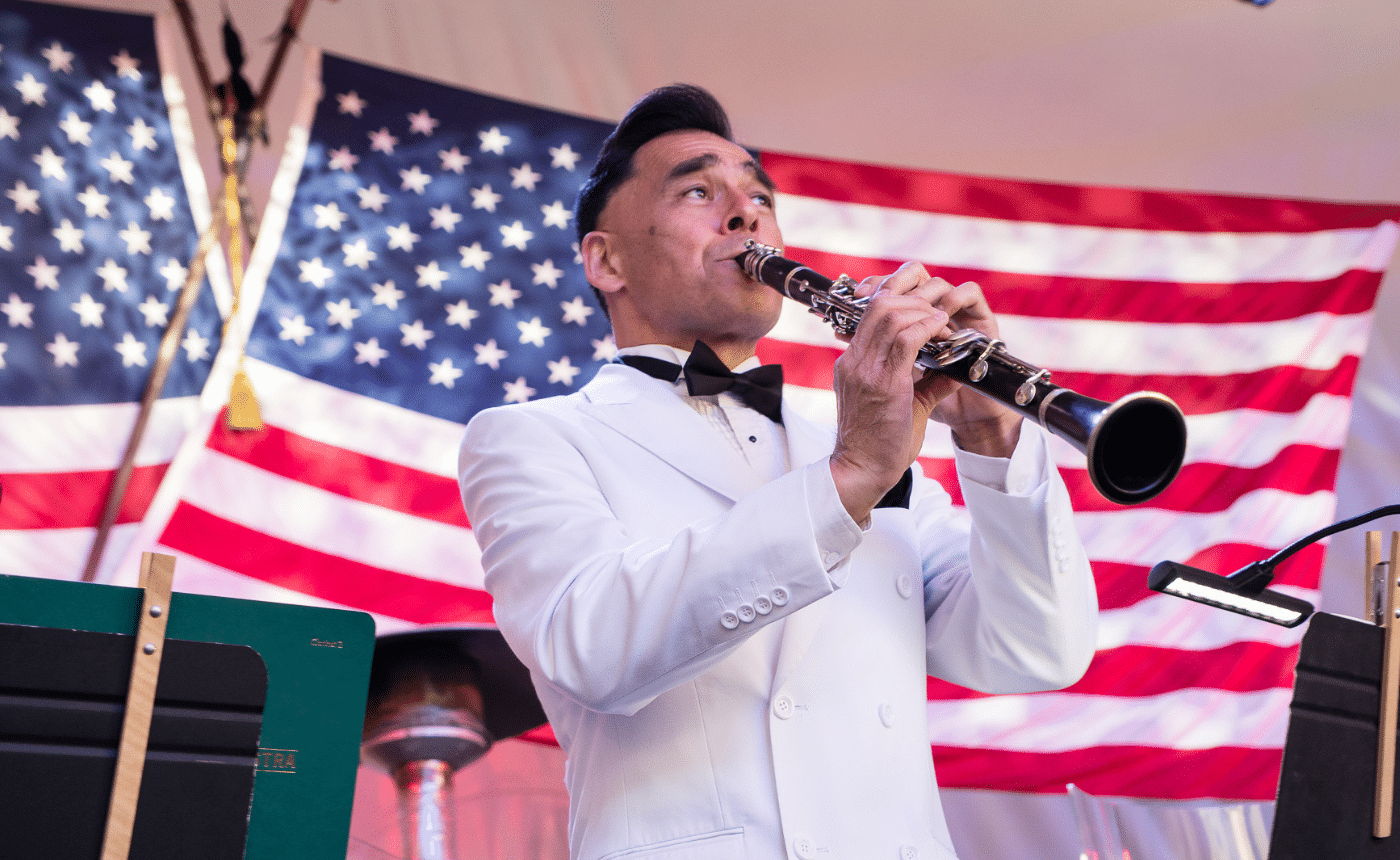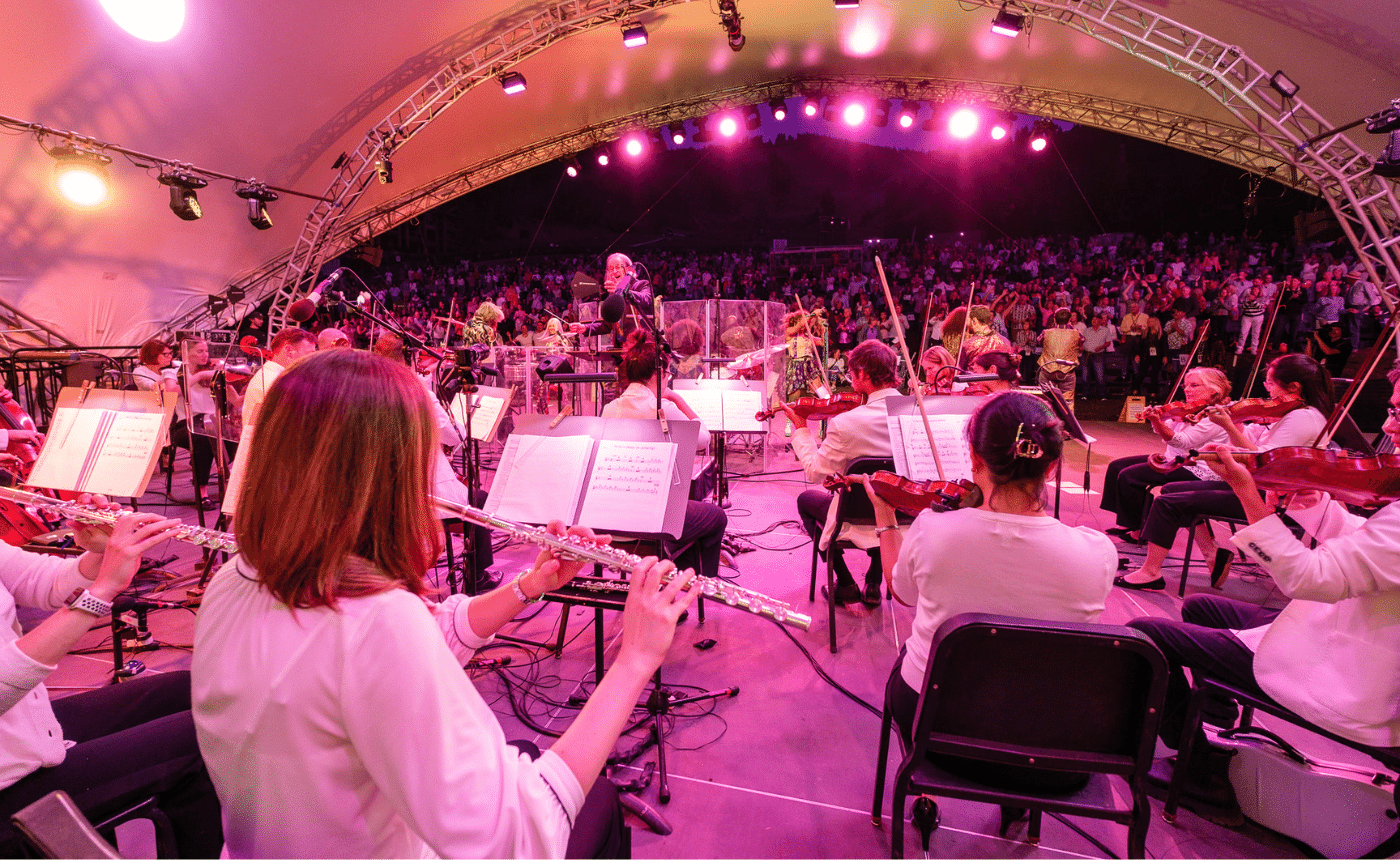Mozart – Piano Concerto No. 27
Wolfgang Amadeus Mozart (1756 – 1791): Concerto No. 27 in B-flat major for Piano and Orchestra, K. 595
Instrumentation: flute, 2 oboes, 2 bassoons; 2 horns; strings; percussion
Performance time: 31 minutes
Background
Mozart mania is its own special realm of classical music appreciation, and for those afflicted with it — the author of this note, for example — certain aspects of the composer’s life are accepted as articles of faith or as points of unending controversy. Among most Mozart maniacs, three forms are considered anchors of the composer’s greatness: the symphonies, the operas, and the piano concertos, though their relative importance is a subject of endless debate. Regarding the piano concertos, there is agreement that once the numbers ascend into the twenties, they are all significant masterpieces.
Mozart wrote most of his great piano concertos after the age of 25 — young for most of us, but not for him. That’s when, in 1781, he moved to Vienna and began producing piano concertos at an amazing rate, partly as a means of demonstrating his abilities both as a composer and a performer. It was a wise career move and produced a dozen great concertos, but is generally viewed as lasting only through the surprising, minor-key No. 24. In 1785, the year he finished his opera The Marriage of Figaro, this spurt of concerto-writing came to an end.
By the time he produced his Piano Concerto No. 27, another phase of Mozart’s career was under way: his final years. Mozart was only 35 when he died in 1791, and his seemingly superhuman productivity toward the end of his life has always fascinated music historians. H.C. Robbins Landon, a distinguished Mozart scholar, wrote a book exploring Mozart’s achievements in 1791 alone, and the Harvard psychologist Howard Gardner, an authority on creativity, has compared the composer’s accelerating rate of inspiration and innovation toward the end of his life to a satellite orbiting the earth at increasing speed. What might have happened, Gardner asks, if Mozart had lived longer?
What to Listen For
Though there is some disagreement regarding the dates of this concerto’s composition — as early as 1788, as late as 1791 — it is clearly from this final period, when Mozart seems to have composed for himself alone. We can hear this in the concerto’s construction: The orchestration is scant, lacking the trumpets and timpani that make earlier concertos a bit more dramatic. The concerto’s three movements are in a major key (B-flat), but their development flirts with minor keys. And the movements’ themes are integrated more strongly than in Mozart’s previous concertos, foreshadowing the form’s future as realized by Beethoven.
Astute enthusiasts will recognize the melody of a late Mozart song in the concerto’s finale: “Sensucht nach dem Frühling” (“Longing for Springtime”), K. 596.












